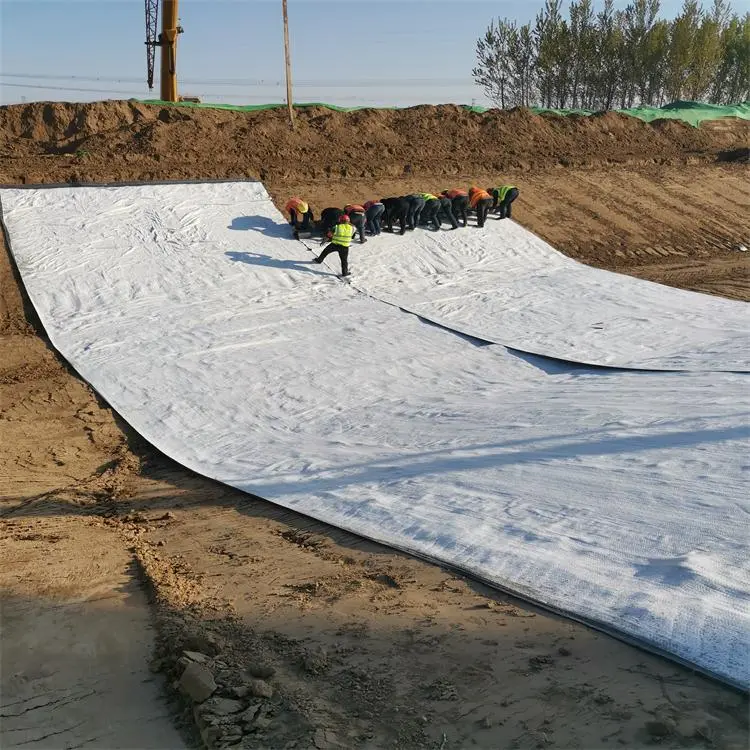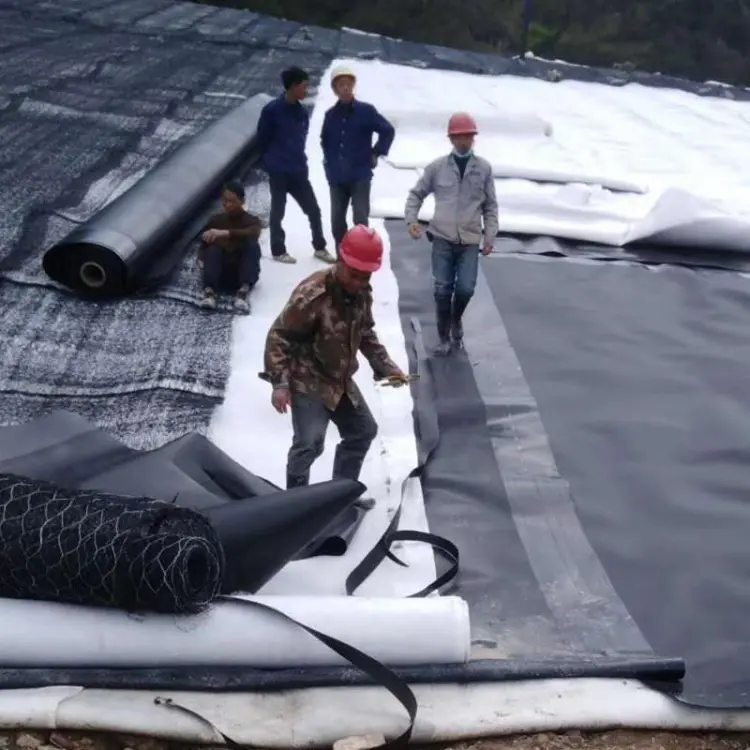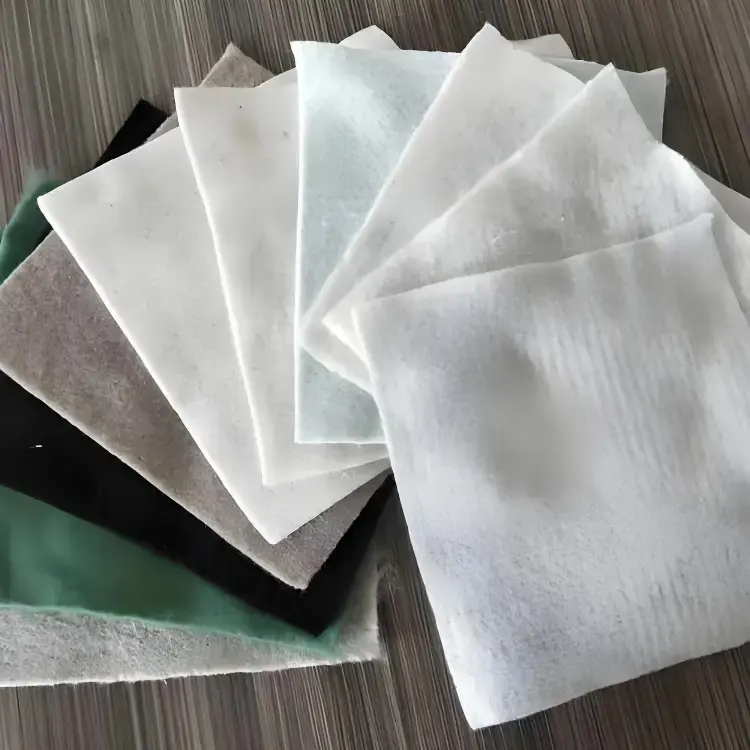Geosynthetic clay liners (GCL) and high-density polyethylene (HDPE) geomembranes are two widely used materials in containment engineering. Each has distinct advantages suited for different applications. Below is a performance and cost comparison based on the latest industry standards and practices.
1. Performance Comparison
(1) Containment Performance
- GCL: Utilizes sodium bentonite’s swelling properties upon hydration to achieve containment, with a typical permeability coefficient of ~1×10⁻⁹ cm/s.
- HDPE Geomembrane: Offers extremely low permeability (≤1×10⁻¹³ cm/s), significantly outperforming GCL in containment efficiency.
(2) Chemical Resistance
- GCL: Relatively weak chemical stability, unsuitable for acidic or alkaline environments. Best for neutral conditions.
- HDPE Geomembrane: Highly resistant to strong acids, alkalis, and other aggressive chemicals, ideal for complex chemical environments.
(3) Aging Resistance
- GCL: Moderate aging resistance; prolonged UV exposure degrades performance.
- HDPE Geomembrane: Excellent UV and aging resistance, with a service life of 50–70 years even in exposed applications.
(4) Puncture Resistance
- GCL: Vulnerable to sharp objects and root penetration.
- HDPE Geomembrane: Superior puncture resistance, capable of resisting most plant roots and mechanical damage.
(5) Installation Complexity
- GCL: Requires multi-layer placement and tight interlayer bonding, increasing labor intensity.
- HDPE Geomembrane: Simple installation via thermal welding, ensuring high seam strength and faster deployment.

2. Cost Comparison
(1) Material Costs
- GCL: Lower upfront material cost but requires additional auxiliary materials.
- HDPE Geomembrane: Slightly higher material cost but offers ~50% lifecycle savings due to durability.
(2) Installation Costs
- GCL: Higher labor and time requirements raise installation expenses.
- HDPE Geomembrane: Rapid installation reduces labor and project timelines.
(3) Maintenance Costs
- GCL: Potential for frequent repairs due to aging and puncture susceptibility.
- HDPE Geomembrane: Minimal maintenance needs over its extended lifespan.
3. Application Scenarios
(1) GCL
- Ideal for: Neutral-pH environments (e.g., landfills, wastewater treatment plants).
(2) HDPE Geomembrane
- Ideal for: Chemically aggressive or long-term projects (e.g., landfills, tailings ponds, chemical plants).
4. Conclusion
GCL and HDPE geomembranes each excel in specific contexts. GCL is cost-effective for neutral environments but demands complex installation and offers limited durability. HDPE geomembranes, though pricier initially, provide unmatched chemical resistance, longevity, and ease of installation, delivering superior long-term value. Material selection should prioritize project-specific requirements, environmental conditions, and budget constraints.

